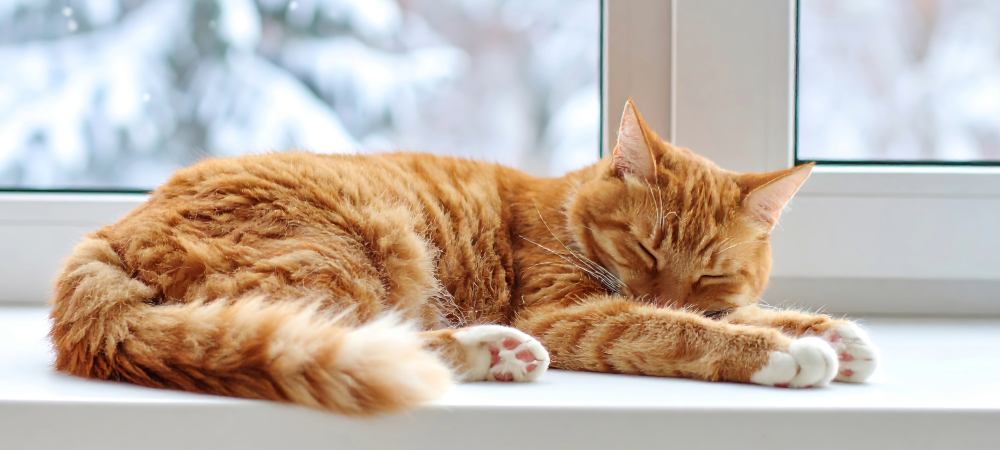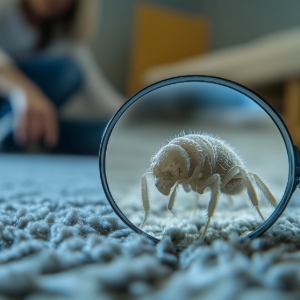Why Are My Allergies Worse in the Winter?

Cooler temps means that plants and trees start to die, and they stop releasing pollen into the air. A lot of people see allergy relief with this shift, but there are also people who feel even worse allergy symptoms once winter hits. What’s the cause? How can they feel better?
You Have Indoor Allergies
The cause is “indoor allergies” – or allergies to things inside your home. You spend more time inside in the winter, and you’re exposed to indoor allergens for longer stretches of time than in the warmer months. A few allergens that could be bugging you are:
The problem with indoor allergens is that they’re microscopic and often can’t be seen, so it can be difficult to find the source and eliminate it. But there are a few key ways to help reduce allergens, and hopefully, reduce your symptoms.
How to Reduce Allergens
Reducing the amount of the allergens in your home is the first step toward feeling better.
A few tips:
Dust mites

One tip is to keep your humidity between 30-50% to help reduce the amount of dust mites. Keep up with washing bedding in high heat often and vacuum floors and furniture with a HEPA filter often.
Mold
Mold is one of the indoor allergens that you may be able to spot with the naked eye, but spores – what mold releases into the indoor environment – is what causes symptoms. Cleaning the source of the mold with detergent is the first line of defense, but you should also stay preventative with things like keeping humidity low and immediately cleaning any wet spots.
Pet Dander
Pet dander is the tiny bits of flaky skin that leaves a pet’s body, and when inhaled or touched, can cause symptoms for those who are allergic. The best way to avoid symptoms is to bathe and brush your pet regularly, vacuum often with a HEPA filter, and keep pets out of the bedroom (to reduce exposure time while sleeping).
Don’t stop reading just because you don’t have a pet! Pet dander can still be wreaking havoc from a previous owner or renters’ pet, as the dander can easily get trapped in carpet.
All these allergens could be reduced slightly by using an air purifier, replacing the filters in your home often, and with HEPA filters, and vacuuming often.
How to Reduce Symptoms
You may notice a difference in symptoms after following these tips, but the underlying allergy remains and will continue to cause symptoms every time you’re exposed to these allergens. There is only one way to actually treat the cause of allergies, and that is through immunotherapy.
Allergychoices recommends allergy drop immunotherapy following The La Crosse Method™ Protocol because it’s safe, effective and affordable, and treats all offending allergens at once. It slowly trains the body to not react when exposed to environmental allergens, which reduces symptoms for the long-haul. Find a provider near you that offers allergy testing and treatment to see if allergy drops are right for you.

